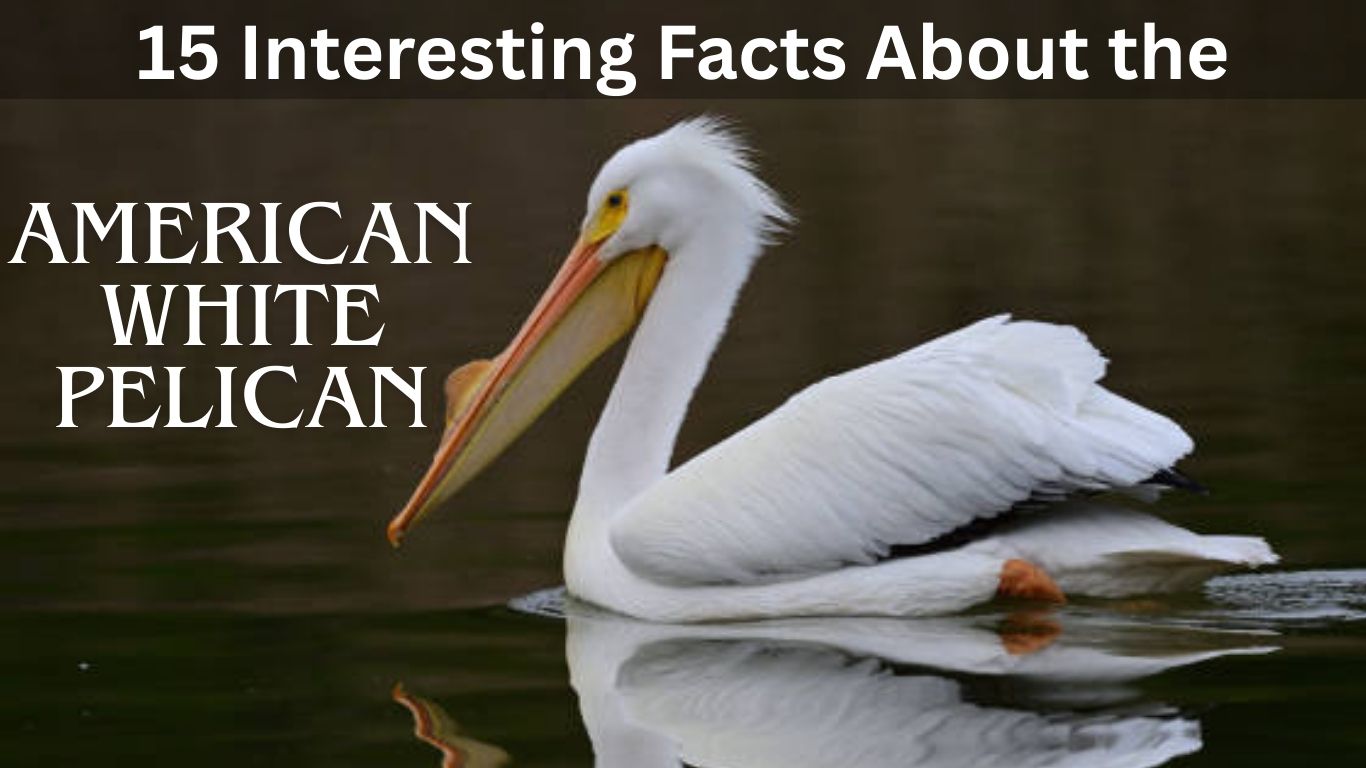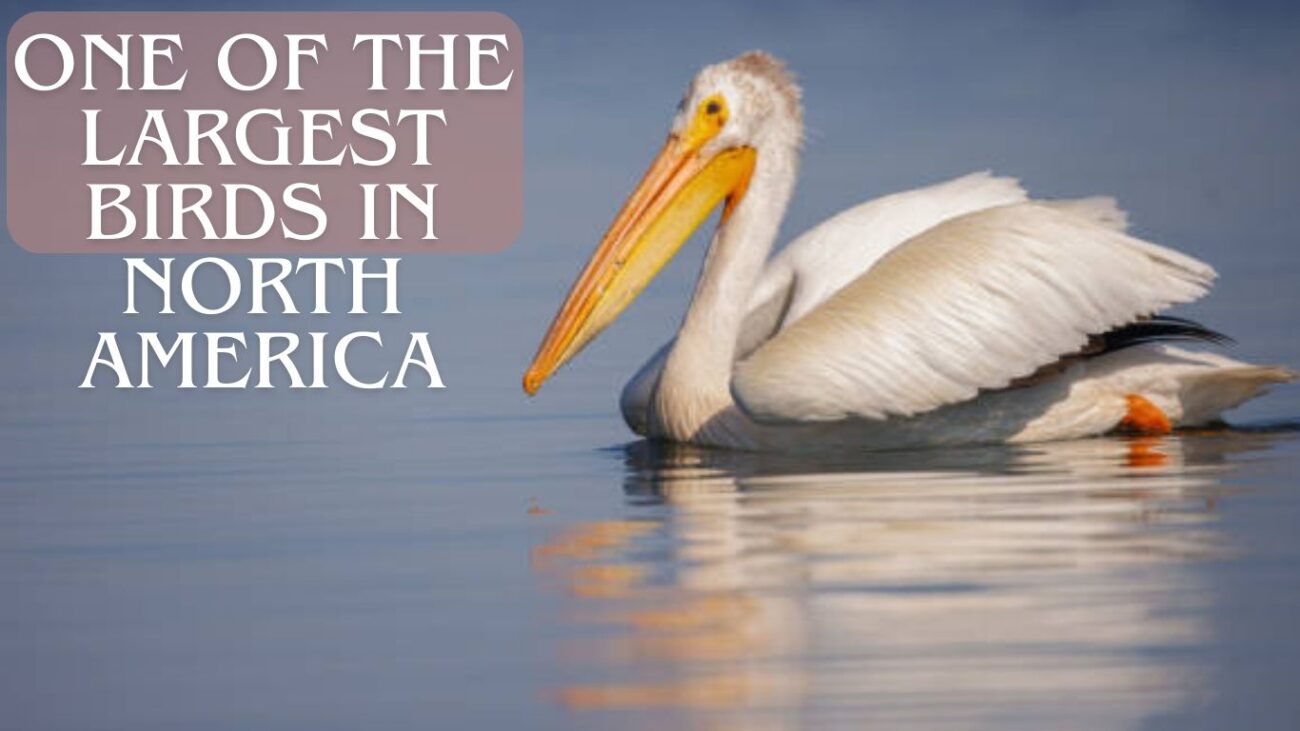The American white pelican is among the most majestic birds in North America, admired for its enormous wingspan, striking white plumage, and cooperative feeding strategies. Unlike their brown pelican cousins, these birds do not dive for fish but instead scoop prey from the water’s surface. With their unique adaptations, behaviors, and cultural significance, American white pelicans continue to fascinate bird enthusiasts and conservationists. Here are 15 interesting facts about the American white pelican that reveal why it is such a remarkable species.
1. One of the Largest Birds in North America
The American white pelican is massive, with a wingspan reaching up to 9 feet. Adults typically weigh between 11 and 20 pounds, ranking them among the heaviest flying birds on the continent. Their size alone makes them an unforgettable sight during migration and nesting seasons.
2. Cooperative Fishing Strategy
Unlike solitary hunters, white pelicans work together in groups to herd fish. They often form a semicircle or line and drive fish into shallow waters, where they scoop them up with their bills. This cooperative behavior highlights their intelligence and community-based survival tactics.
3. They Do Not Dive for Fish
While brown pelicans plunge dramatically into the sea, American white pelicans feed differently. They do not dive from the air but instead scoop prey from the water’s surface. This method conserves energy and works best in freshwater habitats like lakes and marshes.
4. Long-Distance Migrants
These birds are seasonal migrants, traveling thousands of miles between their breeding and wintering grounds. In summer, they breed in the northern interior regions of North America, such as Canada and the northern United States. In winter, they migrate south to coastal areas from California to Central America.
5. Large Breeding Colonies
American white pelicans nest in colonies, often on isolated islands within freshwater lakes. Colonies can number in the thousands, offering protection through safety in numbers. Both males and females contribute to nest building, creating scrapes on the ground lined with vegetation.
6. Breeding Horns on Their Bills
During mating season, adults develop a unique fibrous plate, or “horn,” on the upper part of their bills. This horn is temporary and falls off after the breeding season ends, making it one of the most unusual features among waterbirds.
7. Fish-Focused Diet
Fish make up the bulk of their diet, though they occasionally eat amphibians and crustaceans. Each adult pelican can consume several pounds of fish per day, helping maintain balance in freshwater ecosystems by controlling fish populations.
8. Surprisingly Silent Birds
Despite their enormous size, American white pelicans are relatively quiet. They lack a strong voice and produce only low grunts, hisses, or soft croaks. This contrasts with many other colonial waterbirds that fill nesting sites with noise.
9. Shared Parenting Duties
Both parents are involved in raising their young. They take turns incubating the eggs, which hatch after about a month. Once the chicks emerge, both parents feed them through regurgitation, ensuring balanced care and nutrition during the early weeks of life.
10. Graceful Flight Formations
During migration, American white pelicans often soar in V-formations or long lines. These formations reduce wind resistance and help conserve energy. Their synchronized flight is a breathtaking sight, often visible high in the sky during spring and fall migrations.
11. Among the Heaviest Flying Birds
With some individuals weighing nearly 20 pounds, the American white pelican is one of the heaviest birds capable of flight. Despite this bulk, their large wings provide excellent lift, allowing them to glide gracefully for long distances with minimal effort.
12. Broad Habitat Range
These birds are adaptable, inhabiting a variety of ecosystems. They breed in inland freshwater lakes and rivers, often in remote areas, but winter along coastal lagoons, estuaries, and bays. Their range spans from Canada to Central America, making them widespread across the continent.
13. Huge Throat Pouches
Their expandable throat pouches can hold up to 3 gallons of water. This pouch is not used to store food but to scoop fish, drain excess water, and then swallow their catch. The pouch is also useful in feeding chicks, as parents regurgitate food directly from it.
14. Conservation Success Story
Currently, the American white pelican is listed as a species of Least Concern by the IUCN. However, they were once threatened by habitat loss, pesticide use, and human disturbance. Today, conservation efforts and legal protections have allowed populations to stabilize and recover across much of their range.
15. Cultural Significance
For centuries, pelicans have held symbolic meaning in human culture. Native American traditions often viewed them as symbols of generosity, community, and selflessness due to their cooperative feeding and shared parenting behaviors. Even today, they remain iconic birds admired for their beauty and resilience.
Conclusion
The American white pelican is a fascinating bird that embodies grace, strength, and community. From their cooperative fishing strategies to their massive wingspans, these birds stand out as one of North America’s most remarkable species. Their successful recovery after conservation efforts also highlights the importance of protecting habitats. By understanding these 15 interesting facts about the American white pelican, we gain a deeper appreciation for their role in ecosystems and their enduring cultural symbolism.







